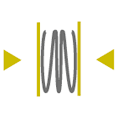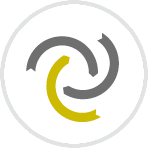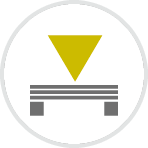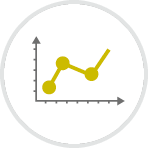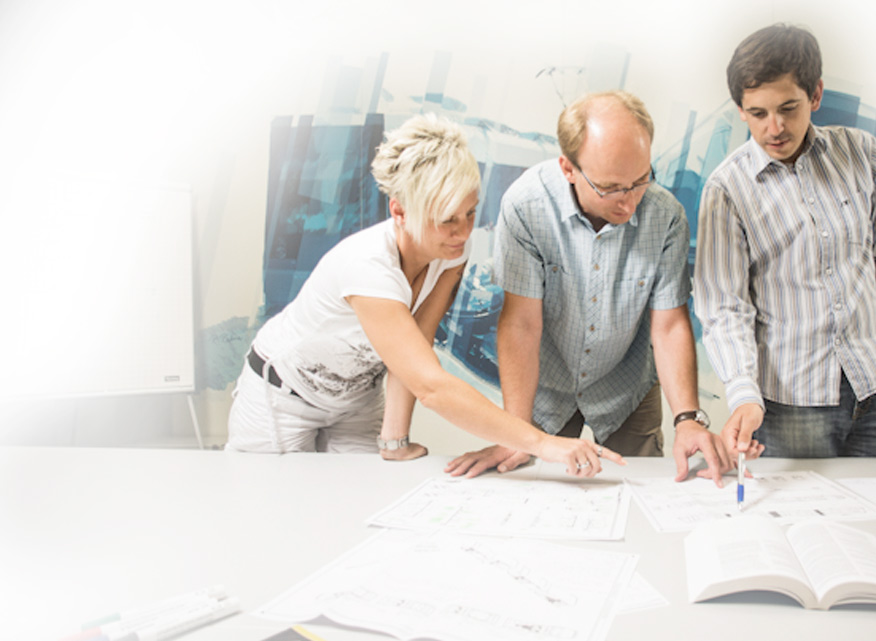 Preferably strong, but remaining elastic.
Preferably strong, but remaining elastic.
Crash structures absorb energy occurring in crash incidents to ensure the survival space for passengers and driver. And to provide a controlled deformation of the vehicle structure. The strength and the collision safety needs are partially opposed: a conflict! Our optimised solutions are implemented into the vehicle during the development process.
- STUDIES are performed for passive safety, driver and passenger safety, damage minimisation in case of a collision, minimization of repair costs, e.g. by simple exchange of damaged sections leading to a fast availability of the vehicle after a collision
- ANALYSES of the complete vehicle system, such as locomotives, trams, passenger coaches and subsystems, focussing on e.g. the driver’s cab and the crash elements
- MONITORING of the vehicle homologation process
- PREPARATION of test specifications and support for approval tests
- CONSULTANCY for the preparation of customer specific requirements related to collision risks, which aren’t defined in normative specifications
- DETERMINATION/VALIDATION of parameters for materials such as GRP and failure models for welded and bonded joints. The determination of material data is done with renowned institutes
- SIMULATION of ramp collision scenarios, e.g. for tank wagons, taking into account the sloshing behaviour of the liquid content
- TESTS e.g. virtual drop and impact tests for container and tanks
LogoMotive Animation Crash Behaviour




